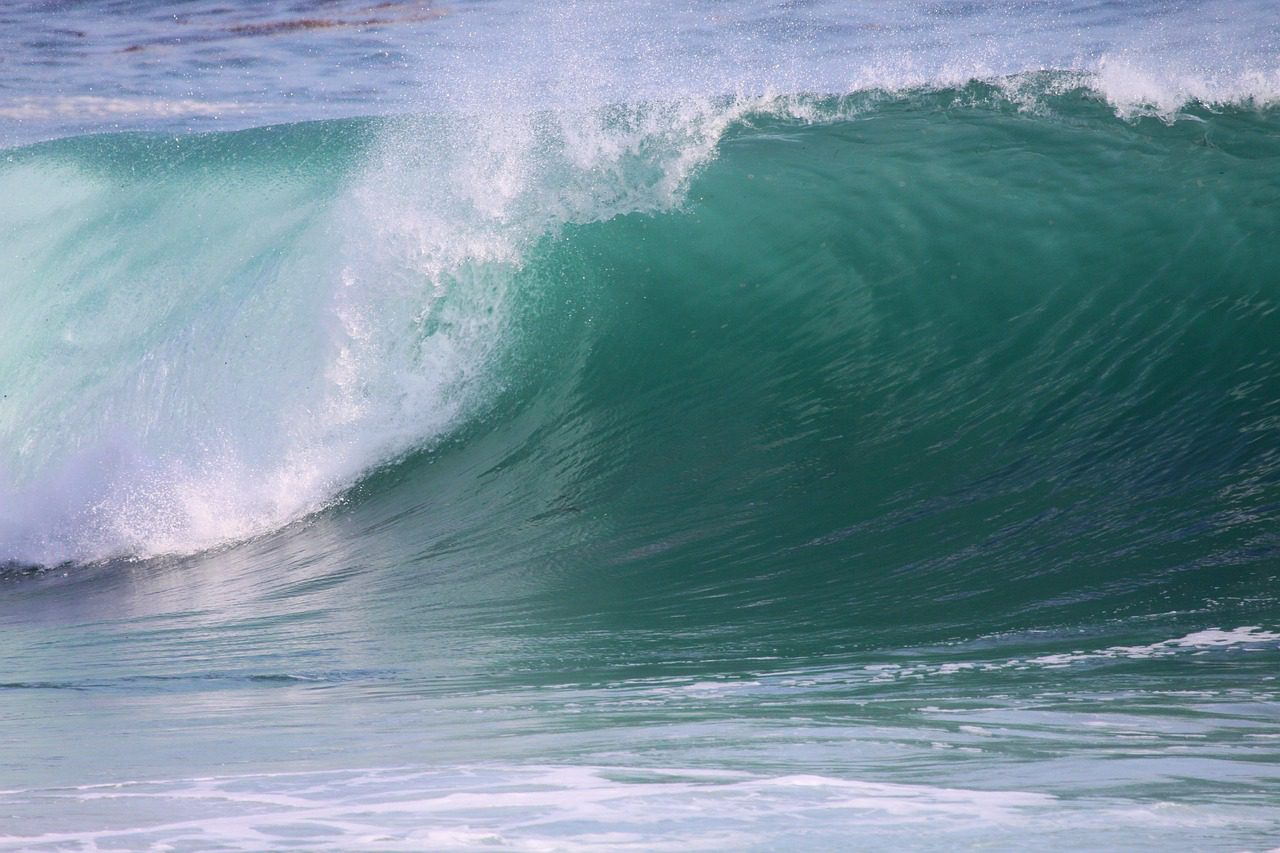This is the third of a 5-part blog series examining the nature of our local water supply and how to increase the reliability of our supplies now and into the future.
Recently we posted a video of watering turf grass at Liberty Station. We asked you to see if you could spot whether there were any water unwise things in the video. I am sure you have been waiting with baited breath for the answer.
As I hinted in the last blog post, to get a sense of what is technically incorrect, we need a quick review of what our local ordinances say about irrigating.
- First thing we need to know is that the San Diego City Council removed the Drought Level 2 status. Our City Council exercised some foresight last year and made a few of the drought level 2 restrictions permanent. Now, drought or no drought, there are just some things you cannot do, end of story.
- Which brings us to the next important things you need to know – it is still illegal to water your lawn between 10 a.m. and 6 p.m. (June to October) and 10 a.m. and after 4 p.m. (November to May); and “City of San Diego water customers must prohibit excessive irrigation and must immediately correct leaks in their private water systems” (emphasis mine). The City’s regulations now state that customers “shall not allow water to leave their property due to drainage onto adjacent properties or public or private roadways or streets or gutters due to excessive irrigation and/or uncorrected leaks.”
Thus, according to the letter of the law, Liberty Station is within the bounds of legal limits in terms of when they water all that turf – the video was shot in May, at 9 AM. BUT, the video clearly shows excessive irrigation (as evidenced by the water flowing on the sidewalks, pooling around the sprinkler head and flowing into a drain).


The video demonstrates a clear violation of the letter of the law.
But beyond that, there is a clear violation of the spirit of the law as well, which in my mind is meant to keep all San Diegans – whether they manage a small house or a large commercial development – living within our water means. Given our climate and troubled water supply, we should always be striving to make the best water use decisions possible. To their credit, Liberty Station is participating in a pilot Water Savings Performance Program. They have installed an automated irrigation system that determines the length of time and the days to irrigate based on weather, soil, microclimate and plant material. This is a good start but is clearly not sufficient.
But what is a historical site that is trying to pay tribute to its military roots supposed to do?
Well, there are many things Liberty Station could have done and still could do. As Morgan, one of our commentators pointed out “Turf is not water wise … period.” There are other native and drought tolerant ground covers that look similar to turf grass and would help maintain the look of old military training fields of yore.
While it is great that Liberty Station has installed a fancy water-saving irrigation system, they lose half the battle if they don’t check to make sure it is working properly:
- sprinkler heads spraying water onto concrete should be addressed immediately;
- lawns could easily be watered earlier in the morning (just around dawn is generally considered best);
- water should be applied more slowly by switching to more efficient irrigation heads (thanks again to our commentator Morgan for that idea).
Of course, these kinds of changes cannot happen overnight. But with a thoughtful plan for improving water management on site, Liberty Station could identify opportunities over the coming years to change its water path. We believe that any place – not just Liberty Station – can and should craft plans of action that lays out a vision and tasks for achieving water sustainability.















